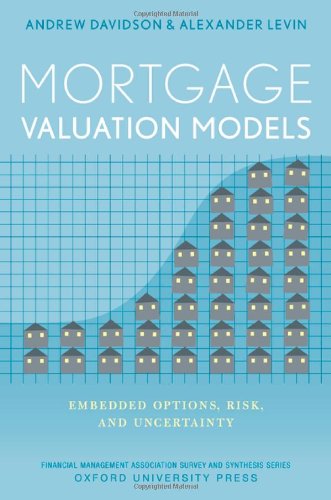Understanding VA Versus Conventional Loan: Which Mortgage Option is Right for You?
**VA Versus Conventional Loan** (VA与传统贷款)When it comes to securing a mortgage, understanding the differences between a **VA Versus Conventional Loan** is es……
**VA Versus Conventional Loan** (VA与传统贷款)
When it comes to securing a mortgage, understanding the differences between a **VA Versus Conventional Loan** is essential for potential homebuyers. Both loan types offer unique advantages and disadvantages, making it crucial to evaluate your financial situation, eligibility, and long-term goals before making a decision.
#### What is a VA Loan?
A **VA Loan** (退伍军人贷款) is a mortgage option backed by the U.S. Department of Veterans Affairs, designed specifically for eligible veterans, active-duty service members, and certain members of the National Guard and Reserves. One of the most significant benefits of a VA loan is that it does not require a down payment, making it an attractive option for those who may struggle to save for a traditional down payment. Additionally, VA loans do not require private mortgage insurance (PMI), which can save borrowers a substantial amount of money over time.
#### What is a Conventional Loan?

In contrast, a **Conventional Loan** (传统贷款) is not insured or guaranteed by any government agency. These loans are typically offered by private lenders and can come in two forms: conforming loans, which meet specific criteria set by Fannie Mae and Freddie Mac, and non-conforming loans, which do not. Conventional loans usually require a down payment ranging from 3% to 20%, depending on the lender and the borrower’s creditworthiness. Unlike VA loans, conventional loans may require PMI if the down payment is less than 20%.
#### Key Differences Between VA and Conventional Loans
1. **Down Payment Requirements**: As previously mentioned, VA loans often require no down payment, whereas conventional loans typically require a minimum down payment of 3% to 5%. This can be a significant factor for first-time homebuyers or those with limited savings.
2. **Mortgage Insurance**: VA loans do not require PMI, which can lead to lower monthly payments compared to conventional loans, where PMI is often necessary if the down payment is less than 20%. This difference can significantly affect the overall cost of the loan.

3. **Interest Rates**: VA loans often come with lower interest rates compared to conventional loans, making them a more cost-effective option over the life of the loan. This can be particularly beneficial for long-term homeowners.
4. **Eligibility Requirements**: VA loans are exclusively available to eligible veterans and service members, which can limit their accessibility. In contrast, conventional loans are available to a broader range of borrowers, including those without military service.
5. **Loan Limits**: VA loans have specific limits based on the location of the property, which can vary by county. Conventional loans also have limits, but they can be more flexible in certain markets.
#### Making the Right Choice

When deciding between a **VA Versus Conventional Loan**, it’s essential to consider your personal circumstances. If you are an eligible veteran or service member, a VA loan may provide significant financial advantages, especially if you are looking to purchase a home without a substantial down payment. However, if you do not qualify for a VA loan, a conventional loan can still be a viable option, particularly if you have a strong credit score and can afford a larger down payment.
In conclusion, understanding the nuances of **VA Versus Conventional Loan** options can help you make an informed decision that aligns with your financial goals. Whether you choose a VA loan for its benefits or a conventional loan for its flexibility, ensuring that you have a clear grasp of the terms and requirements will set you on the path to homeownership. Always consider consulting with a mortgage professional to explore your options and find the best fit for your needs.